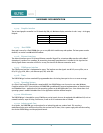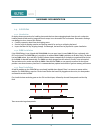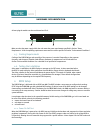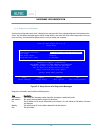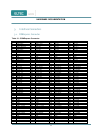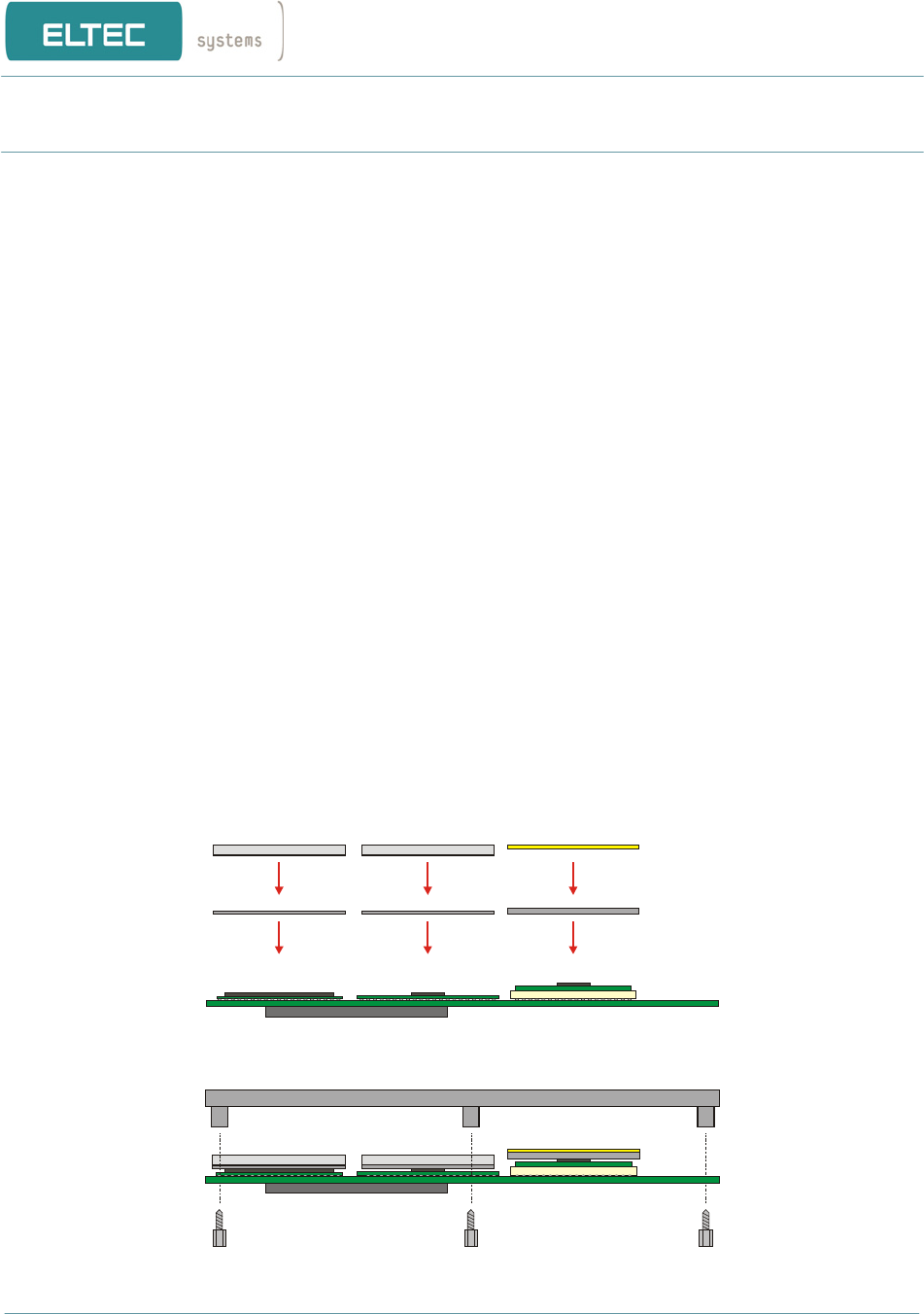
5
hardware documentation
1.4. Installation
1.4.1. Introduction
Do always observe precautions for handling electrostatic devices when unplugging boards from the rack or otherwise
handling boards. Avoid touching integrated circuits except in an electrostatic free environment. Electrostatic discharge
can damage circuits or shorten their lifetime.
Þ Carefully remove the board from the shipping carton.
Þ Save the original shipping container and packing material for storing or reshipping the board.
Þ Inspect the board for any shipping damage. If undamaged, the board can be prepared for system installation.
1.4.2. DIMM Installation
If the EUROCOM 450 is not shipped with DRAM DIMMs, the user must insert his own DIMMs (PC3200, registered, with
ECC) on the board. The EUROCOM 450 is not able to run without DRAM. DIMM installation can be done easily. The board
has two DIMM sockets, X501 and X601. The BIOS software detects automatically if the banks are populated. Also the size
of the DIMMs is detected automatically. The DIMMs are simply plugged into the socket (it fits only in one orientation).
The two latches on the socket must hold the DIMMs. Otherwise the DIMMs are not properly connected. As the chipset
provides a two channel memory interface it is recommended two populate both sockets to get best memory performance
1.4.3. Board Installation
All add-on modules on the EUROCOM 450 are already installed when shipped. There is no reason to remove add-on
modules. The EUROCOM 450 requires a carrier board. Before the board has plugged onto the carrier, the heatspreader
and heatsink must be installed.
First install the heat conducting paste on the CPU and the chipset, followed by the small heatspreader and the Gap
Pads.
Then connect the large heatspreader.










